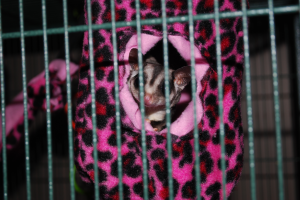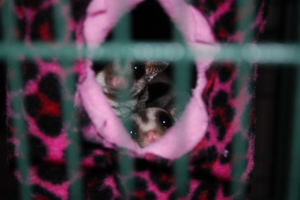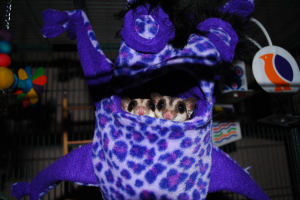Accidentally purchased an Apple //c last week on eBay. I never expected to get one for less than $20, but figured I’d take the chance… Due to incorrect title, the thing never got another bid, so now it’s mine!
Anyway, it came with a disk containing a couple of games, but in very poor condition. The //c itself is yellowed (of course) but otherwise seems pretty good. Something I hadn’t noticed was the UK keyboard instead of US. No big deal. Running print peek(64447) reported 255, so it’s the original ROM version.
Since I had no disks, I was wondering how to create one from a PC when I found the ADTPro project on sourceforge. Turns out that since Apple II series was designed for potential cassette-based loading, there is a way to load the O/S through the serial port and then write out to disk. Fortunately, I’ve scrounged several 5-1/4″ disks from around my old stash, so now the only problem is that I’m getting an error every time I try to transfer the O/S. I just haven’t found the right speed, or my cable isn’t sufficiently shielded. But it does work. I get the ProDOS screen after transferring, although it craps out depending on what you try to do (due to the transfer error). Still, I’m on the way.
Pics later.


